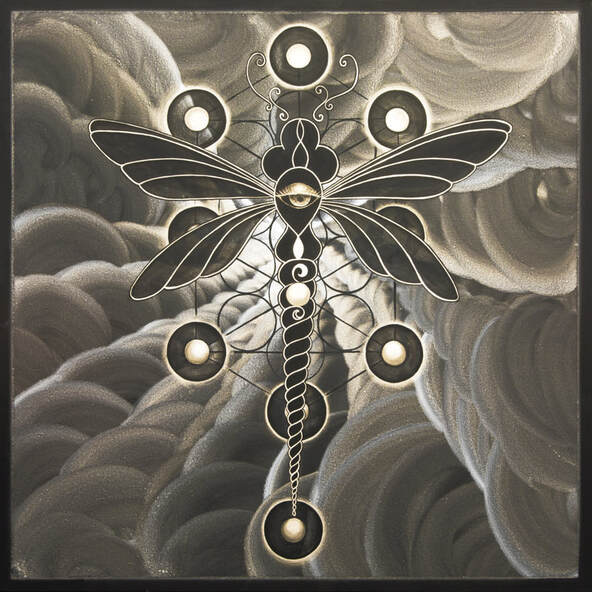|
Sacred geometry is a field of study that explores the inherent patterns, shapes, and mathematical principles found in the natural world, religious and spiritual symbolism, and ancient architectural and artistic traditions. It is based on the belief that certain geometric forms hold deep spiritual or metaphysical significance and can be seen as a reflection of divine order and universal truths.
Combining sacred geometry, divine intelligence, somatic therapy, art therapy, and psychedelics can be a powerful and transformative experience. We are all geometrical beings with infinite possibilities of how our life can be created, explored and enjoyed. When we are able to tap into and access the power of sacred geometry, we feel more balanced in our lives because we become more connected to the nature around us as well as our own infinite possibilities!
0 Comments
Are you struggling to make sense of the Psychedelic Experience you just went through? Do you feel like the surface has just been skimmed and you would like to go deeper into learning about yourself and how to live your best life ever?
The effects of a mystical and altered state of consciousness linger, bounce around, and affect our waking reality far beyond ceremony or however your awakening has been opened. When our soul’s path has been awakened through sacred plant medicines or entheogens like Ayahuasca, Psilocybin, Iboga, Kambo, LSD, or through a Kundalini Awakening, Dark Night of the Soul or Meditation and Yoga, a profound shift happens in the body and brain. This can be confusing once we go back to our regular waking life. |
AuthorCharmaine Husum runs a private Art Therapy practice online and in Calgary Alberta. She is also an Artist, Kundalini Yoga teacher and trained in the somatic approach of Integrative Body Psychotherapy, Reiki and Mystical Integration. Her current research enthusiasms are in neuroplasticity, neuroscience, epigenetics, mystical integration and intergenerational trauma; on which she is currently writing a book and creating online courses. She specializes in working with trauma and symptoms of PTSD and C-PTSD as well as Autism, Depression, Anxiety, Eating Disorders, Addiction and other mental health symptoms. Archives
July 2023
Categories
All
|
"Sometimes the smallest step in the right direction
ends up being the biggest step of your life.
Tip toe if you must but take the step".
- Naeem Callaway
© 2022-24 Centre of the HeArt
Website Design By: IA Creative
Website Design By: IA Creative



 RSS Feed
RSS Feed



